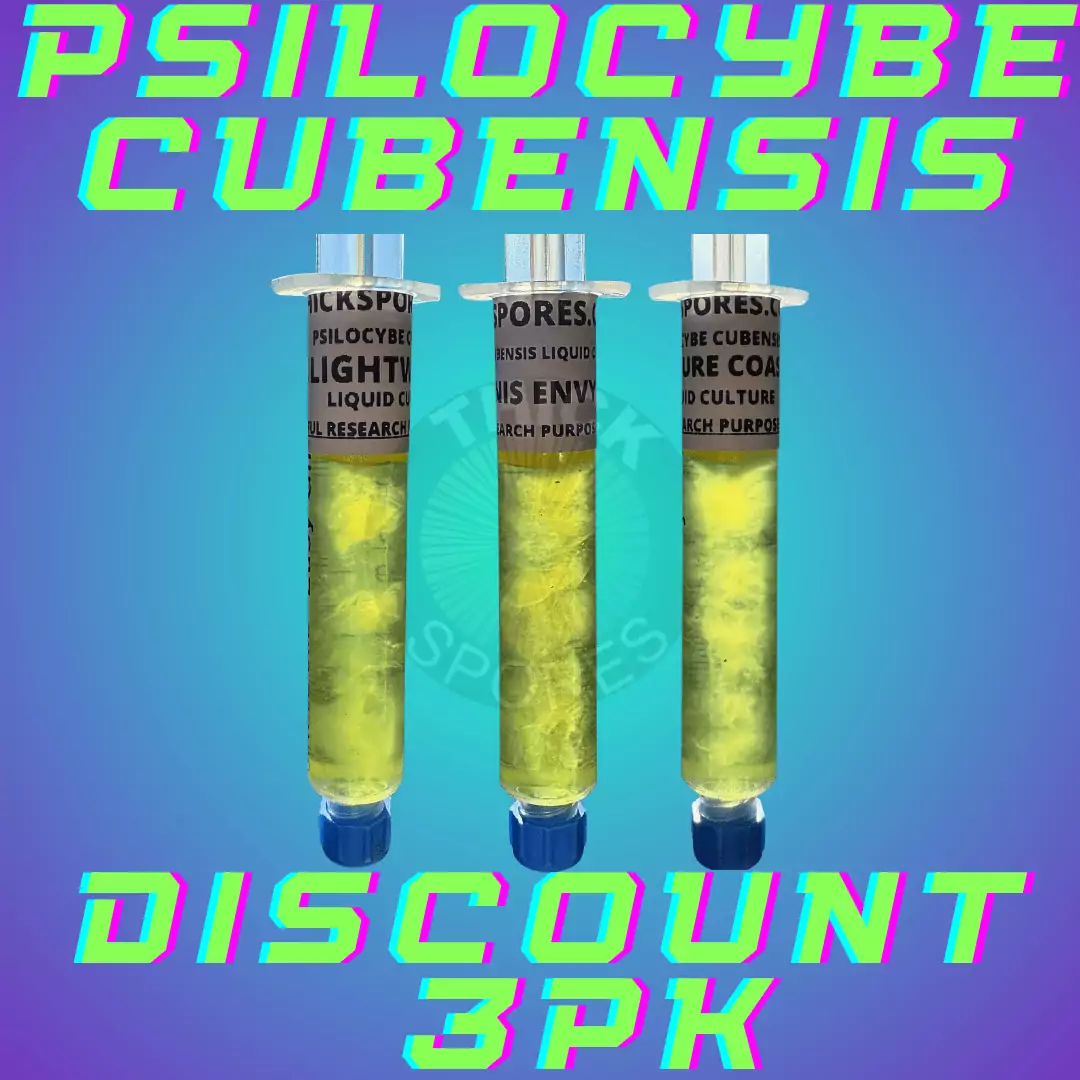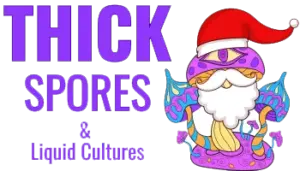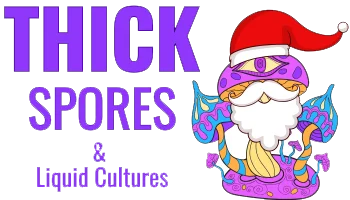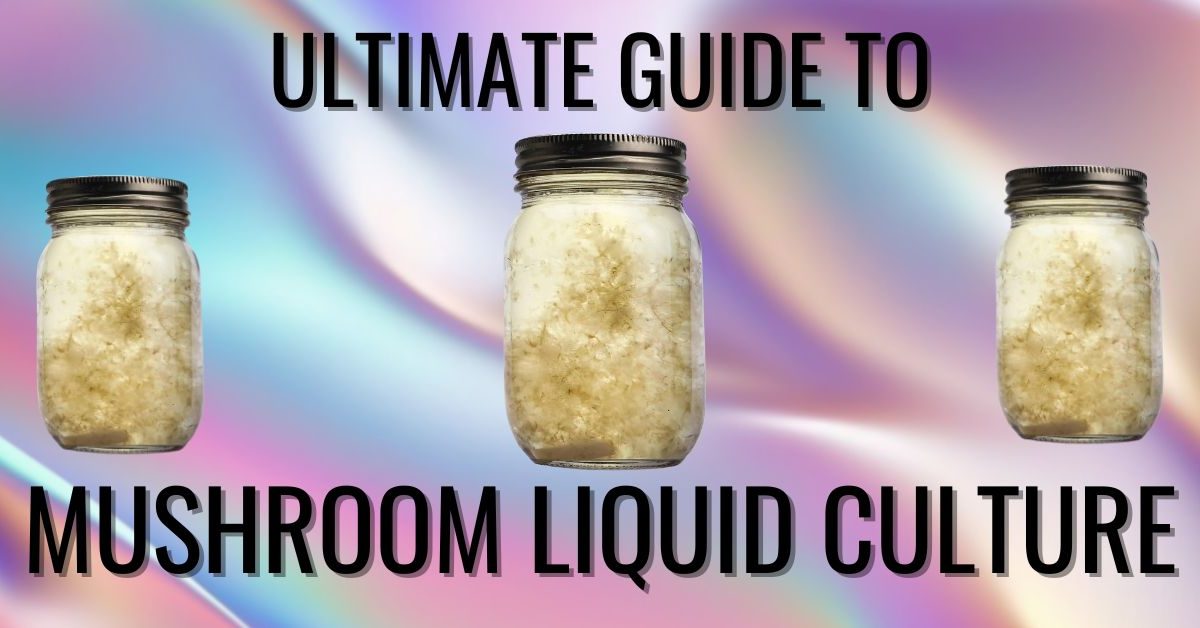This article presents a comprehensive guide to mushroom liquid culture, a critical aspect of mycology. It explores the systematic process of propagating mycelium in a nutrient medium, detailing the stages of strain selection, medium preparation, sterilization, and inoculation. The piece underscores the necessity of sterile conditions, precise processes, and suitable storage while comparing spores versus liquid culture.
Key Takeaways
- Mushroom liquid cultures are easy and cheap, providing a cost-effective and efficient method for growing mushrooms.
- Liquid cultures allow for faster colonization than agar cultures, increasing success rates in mushroom cultivation.
- Liquid cultures can be used to inoculate grains in non-sterile environments, reducing the risk of contamination during the inoculation process.
- Liquid cultures enable easy cloning and preservation of mushroom strains and provide a way to make endless liquid cultures.
Understanding the Basics of Mushroom Liquid Cultures
Mushroom liquid culture is one of the best methods to expand pure mushroom cultures. By cultivating mycelium in a sterile, nutrient-rich liquid medium, growers can rapidly expand cultures.
Key Points on Mushroom Liquid Culture:
- Liquid culture propagates mycelium in a sterile, nutritious liquid medium
- The medium is inoculated with spores or tissue to enable rapid mycelium growth
- It allows more vigorous propagation compared to traditional methods
- Once colonized, the culture can efficiently inoculate various substrates
- Sterile technique is critical to prevent contamination
- DIY liquid culture is an affordable option for small-scale cultivation
- Requires basic ingredients like sugar and water plus equipment like a pressure cooker
- Allows hobbyists hands-on mycelium propagation experience
- With proper sterile protocol, liquid culture enables ideal rapid mycelium expansion
Preparation of Mushroom Liquid Cultures
Mushroom liquid culture provides an efficient propagation method, but proper preparation is key. The cultivator must select a suitable nutritional medium, sterilize it fully, inoculate in a clean environment, and store the finished culture correctly. With the right sterile procedures and care, mushroom growers can reap the benefits of rapid mycelium growth that liquid cultures provide.
- Select a nutritional medium suited to the mushroom species, like malt extract solution.
- Sterilize the medium by pressure cooking or autoclaving to remove contaminants.
- Inoculate with mushroom mycelium in a clean environment after cooling.
- Frequently agitate the culture manually or with a magnetic stirrer.
- Check for contamination signs like discoloration, odors, or slow growth.
- Once fully colonized, the culture can inoculate substrates.
- For viability, store cultures properly in cool, dark conditions.
With tailored nutritional media, thorough sterilization, clean inoculation, and proper storage, mushroom cultivators can prepare high-quality liquid cultures for efficient mushroom propagation.
Comparing Mushroom Liquid Cultures and Spore Syringes
While spore syringes and liquid cultures both provide means to inoculate substrates, there are key differences:
- Spore syringes contain mushroom spores suspended in solution. Liquid cultures include established mycelium in a nutrient medium.
- Spore germination and growth takes time. Liquid cultures have active mycelium ready for rapid colonization.
- Spore syringes produce genetic variation. Liquid culture replicates a single isolate.
- Contamination risks are higher with lengthy spore germination. Liquid cultures can rapidly outcompete contaminants.
- Spore density is fixed. Liquid cultures are easily expanded into higher densities.
- Liquid cultures are more expensive to purchase but allow scaling up inoculant.
In summary, mushroom liquid cultures provide faster colonization times and genetic consistency while spore syringes offer diversity but slower growth. By understanding these key differences in inoculant properties, cultivators can determine the best inoculation method for their needs and objectives. For an in-depth exploration of the advantages and disadvantages of each inoculant please read our article mushroom spores vs mushroom liquid culture.
Common Challenges Associated With Mushroom Liquid Culture
Here are some of the main challenges associated with mushroom liquid cultures:
- Contamination – Bacterial, fungal, or other microbial contaminants can easily ruin a liquid culture.
- Overheating – Exposing liquid cultures to excessively high temperatures can kill or damage the mycelium.
- Nutritional imbalances – Not providing the proper nutrients or improper ratios in the culture medium can lead to poor growth.
- Genetic degradation – Cultures can lose vigor and potency over successive generations if not refreshed periodically.
- Difficulty scaling up – While liquid cultures allow small-scale propagation, scaling to larger batch sizes brings added challenges.
- Separating mycelium – Getting clean inoculum without liquid medium contaminating substrates can require special techniques.
- Long-term storage – Maintaining healthy cultures over months or years requires specific cold storage conditions.
- Controlling gas exchange – Balancing oxygenation while minimizing contamination risks from gas exchange can be tricky.
By understanding these common issues and pitfalls, cultivators can take steps to successfully manage mushroom liquid cultures.
Sourcing Your Mushroom Liquid Cultures
Procuring high-quality mushroom liquid cultures is integral to successful mushroom cultivation, necessitating a keen understanding of reliable sources and factors affecting culture viability. This process primarily involves choosing reputable sellers and assessing the benefits of homemade cultures.
Reputable sellers ensure the provision of healthy, viable cultures tested for contamination. They offer a wide variety of species, with well-documented descriptions of each strain’s growth characteristics and potential yields. This information is crucial for novice and experienced cultivators to make informed purchasing decisions.
Where to Buy Professionally Made Mushroom Liquid Cultures?
Thick Spores manufactures high-quality mushroom liquid culture syringes. We specialized in psilocybin mushroom liquid cultures such as psilocybe cubensis mushroom liquid cultures, and panaeolus cyanescens mushroom liquid cultures.

Tips For Using Mushroom Liquid Cultures
Tips for Mushroom Liquid Cultures
- Agitate and oxygenate regularly to encourage mycelium growth.
- Uphold strict sterile technique using clean equipment and environment.
- Select nutrient mediums tailored to specific mushroom strains.
- Troubleshoot contamination through visual and odor cues. Discard and restart spoiled cultures.
- Stay updated on innovations like automated agitation, advanced sterilization, and new nutrients.
- Use liquid culture’s scalability and cost-effectiveness for commercial cultivation.
- Monitor culture health closely and maintain optimal conditions for high yields.
- Always wear gloves when touching your liquid culture syringe
By following sterile procedures, optimizing nutrients, and leveraging innovations, cultivators can maximize mushroom liquid culture productivity.
Frequently Asked Questions
What Is the Shelf Life of a Prepared Mushroom Liquid Culture?”
An adequately prepared mushroom liquid culture can have a shelf life of several months. Culture preparation, storage conditions, contamination prevention, nutrient composition, and quality indicators significantly affect its longevity.
What Types of Mushrooms Are Best Suited for Liquid Culture Propagation?”
Oyster, shiitake, and lion’s mane mushrooms are ideal for liquid culture propagation due to their robustness. Proper sterilization techniques, contamination prevention, perfect incubation conditions, nutrient provision, and culture aeration are crucial for successful cultivation.
Can Mushroom Liquid Cultures Be Frozen for Long-Term Storage?”
Mushroom liquid cultures can be frozen for long-term storage. However, freezing effects like ice crystal formation may impact culture viability. Proper storage containers, thawing process, and freezer conditions are critical to preserve cultures effectively.
How Can You Troubleshoot if Your Mushroom Liquid Culture Isn’t Growing as Expected?”
If your mushroom liquid culture isn’t growing as expected, consider checking for contamination issues, reassessing sterilization techniques, addressing potential nutrient deficiencies, ensuring optimal temperature conditions, and meeting specific light requirements.
Is It Possible to Combine Different Mushroom Strains in One Liquid Culture?”
Combining different mushroom strains in one liquid culture involves understanding strain compatibility, hyphal fusion, and crossbreeding techniques. It can lead to hybrid vigor and increased genetic diversity but also poses challenges in maintaining strain purity.
Author Information



